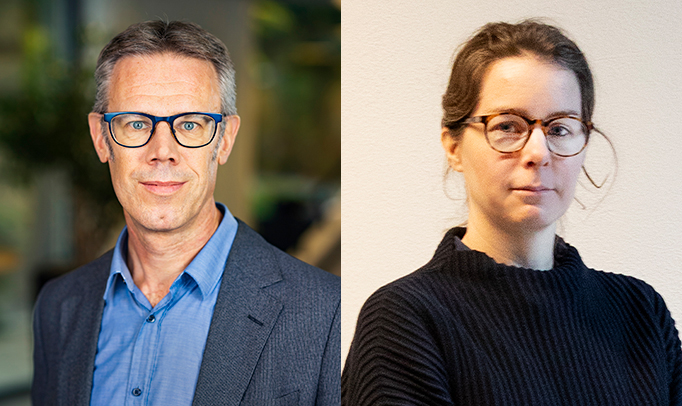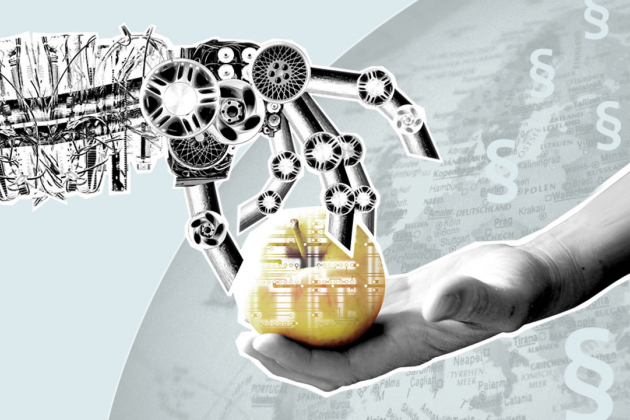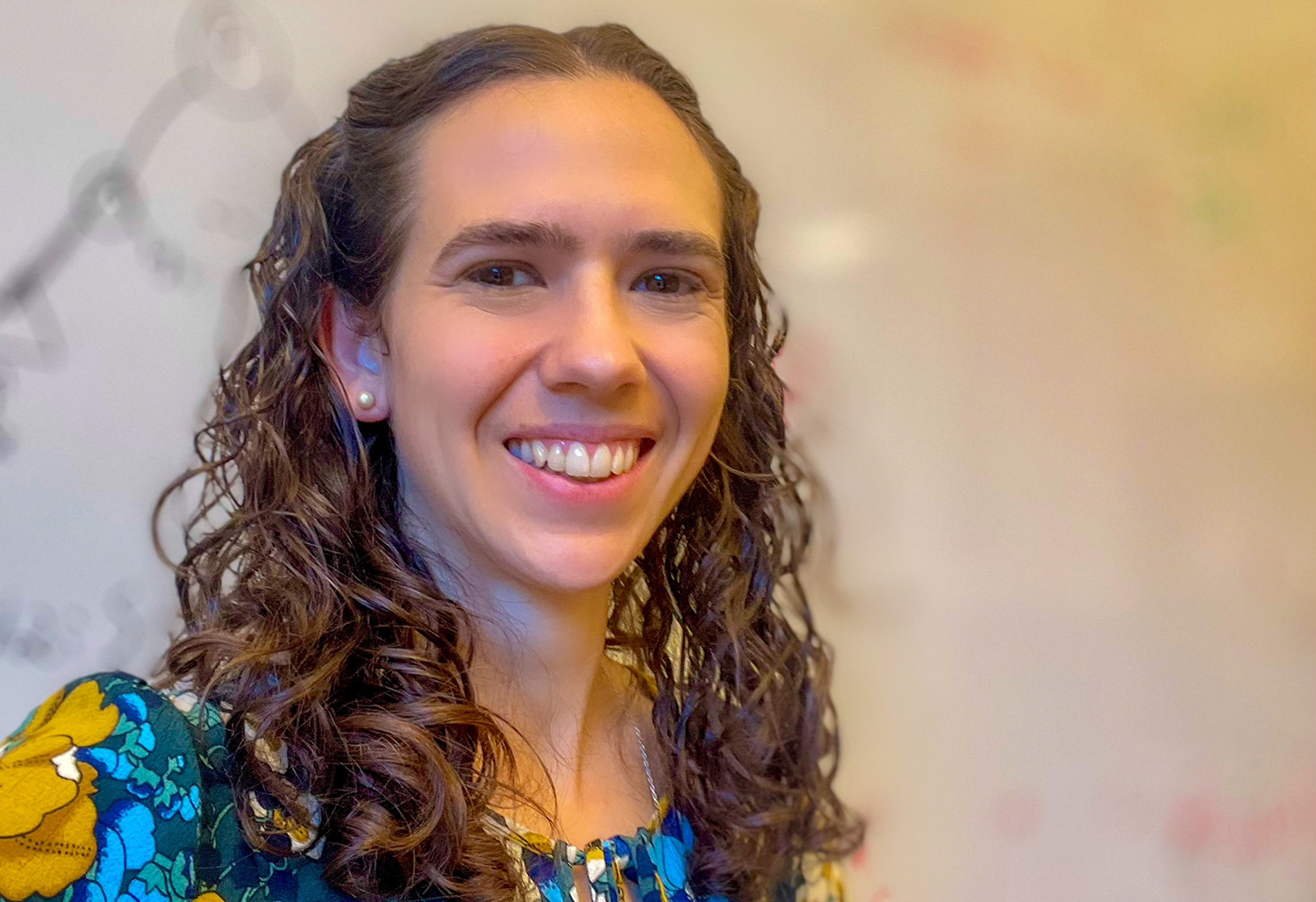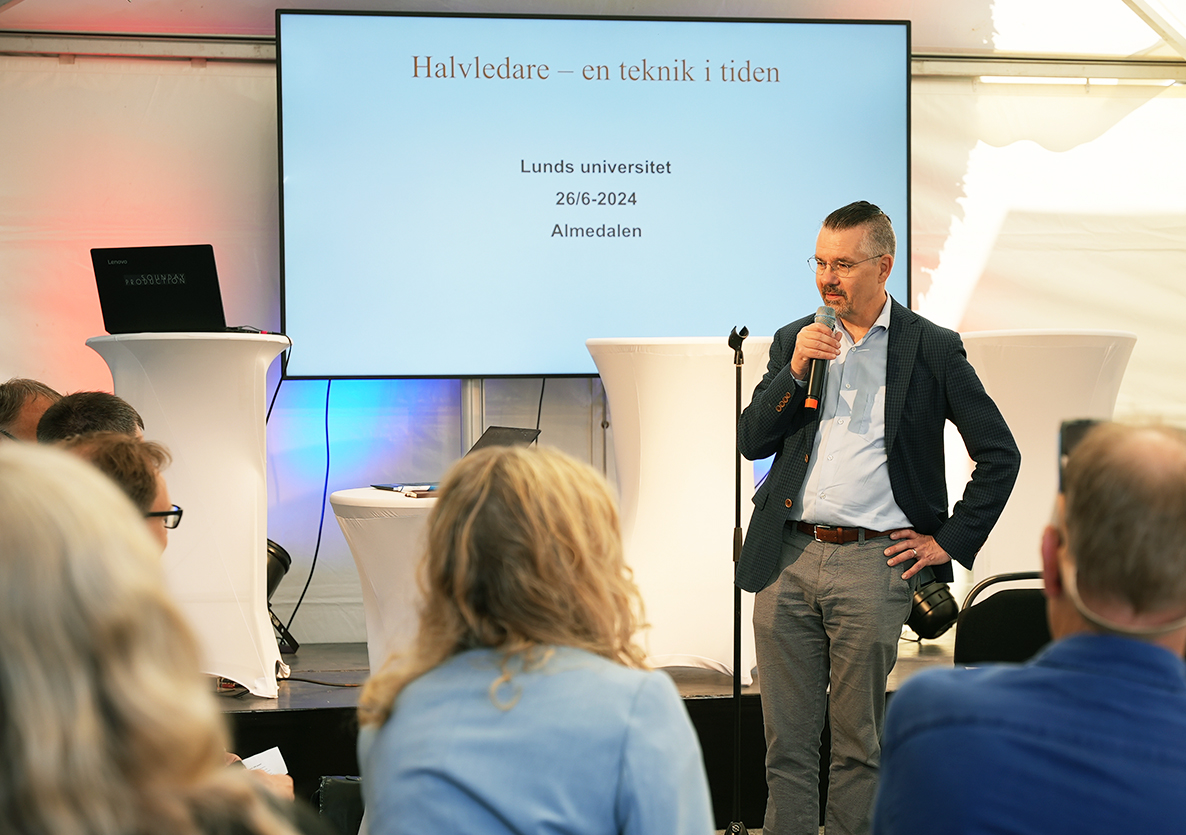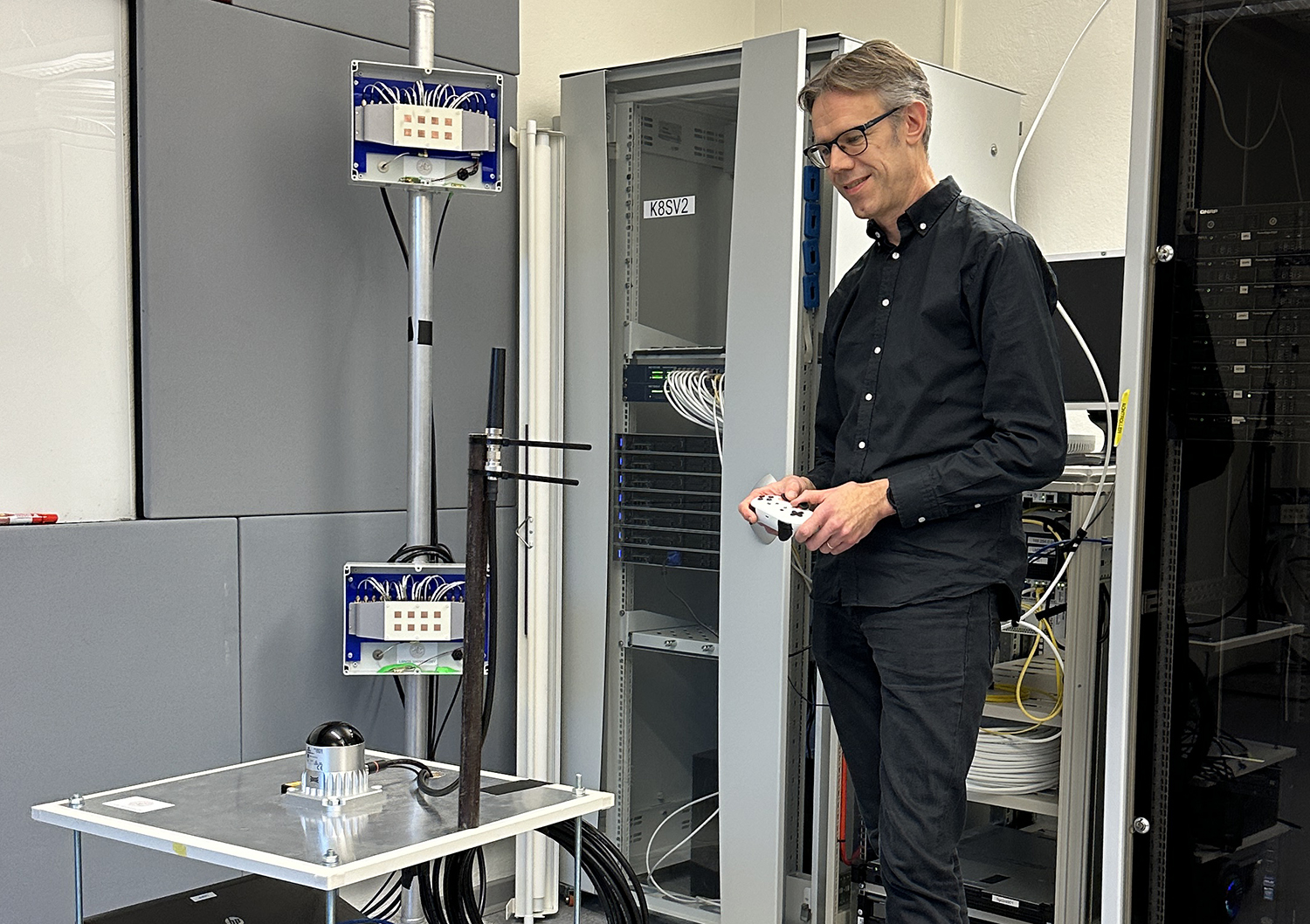
LTH Profile Area: AI and Digitalization
AI and digitalization are a rapidly growing part of the development of almost all engineering systems and will fundamentally change society and industry. The Profile Area's cutting-edge knowledge of technologies, methods, algorithms, and software to enable robust, secure, efficient, and learning-based systems is essential in society's digital transformation.
Our vision is to become a coherent hub – within LTH as well as towards the surrounding research and practice – for foundational knowledge for AI and digitalization in application domains.
Research directions
Artificial Intelligence contains several areas of research such as computer vision, natural language processing, machine learning, knowledge representation, robotics, and human-machine interaction. In Pillars of AI and Digitalization, we conduct both fundamental and applied research within these areas. In the last decade, the area has surged in popularity and use, with the advent of new deep learning technologies. This has revolutionised the automatic understanding and generation of content such as images, video, sound, and text. The new possibilities of applying artificial intelligence have transformed both academia and industry.
Coordination: Kalle Åström and Viktor Larsson
Our society runs on software; it’s everywhere from light entertainment to safety-critical systems. We need software to engineer the rapid growth of AI and autonomous systems, but working with software comes with many challenges. We work with practitioners to understand their needs and to explore new solutions, in software engineering, as well as specific domains such as robotics and medicine. We consider problems ranging from theoretical challenges in algorithms, artificial intelligence, and programming languages to practical challenges in human interaction, engineering management, programme analysis performance, computer graphics, and embedded systems.
Coordination: Per Runeson and Emma Söderberg
Autonomous systems are self-managing systems consisting of physical infrastructure and software that together with humans provide increased functionality, sustainability, and efficiency for society. Examples include self-driving cars, service robots, smart transportation systems, smart power grids, and cloud infrastructures. They are capable of planning and executing complex functions, with limited human intervention, operating in uncertain and unstructured physical and/or information environments, and managing unexpected external or internal events, faults, and adversarial attacks. Within the Profile Area, we do research on autonomy and enabling technologies in several areas including control, computer vision, wireless communication, robotics, and cloud infrastructure.
Coordination: Karl-Erik Årzén and Emma Tegling
Connectivity is a key area as it enables instant information transmission, cooperation, and knowledge sharing. Within the Profile Area, we build up the necessary knowledge, methodologies, and competence for designing and building the wired and wireless connectivity systems needed in a sustainable digital society. We conduct collaborative research among academic research groups and with industrial and public partners. To address important aspects of reliability, latency, security, and energy efficiency, our research activities span a wide range of multi-disciplinary areas from communication theory and signal processing, to efficient hardware realisations.
Coordination: Ove Edfors and Liang Liu

Collaboration
Links below will open the respective infrastructure's website.
- ELLIIT, Excellence Center at Linköping – Lund in Information Technology
- WASP Wallenberg AI, Autonomous Systems and Software Program
- Connected Systems
- AI-Lund
The Profile Area also has direct industry collaborations, many EU and international projects and academic collaborations. See projects for further details.
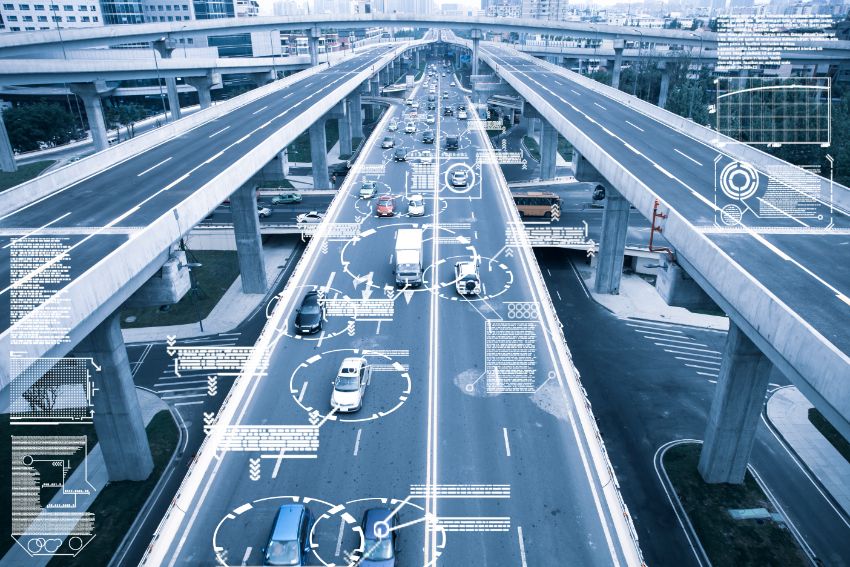
Infrastructure
Within the profile area we share the following infrastructure (links below will open the respective infrastructure's website):
- Electronics Lab
- Robotics Lab
- Wireless systems and applications lab
AI and digitalization are a rapidly growing part of the development of almost all engineering systems and will fundamentally change society and industry. The Profile Area's cutting-edge knowledge of technologies, methods, algorithms, and software to enable robust, secure, efficient, and learning-based systems is essential in society's digital transformation.
Our vision is to become a coherent hub – within LTH as well as towards the surrounding research and practice – for foundational knowledge for AI and digitalization in application domains.
Research directions
Artificial Intelligence contains several areas of research such as computer vision, natural language processing, machine learning, knowledge representation, robotics, and human-machine interaction. In Pillars of AI and Digitalization, we conduct both fundamental and applied research within these areas. In the last decade, the area has surged in popularity and use, with the advent of new deep learning technologies. This has revolutionised the automatic understanding and generation of content such as images, video, sound, and text. The new possibilities of applying artificial intelligence have transformed both academia and industry.
Coordination: Kalle Åström and Viktor Larsson
Our society runs on software; it’s everywhere from light entertainment to safety-critical systems. We need software to engineer the rapid growth of AI and autonomous systems, but working with software comes with many challenges. We work with practitioners to understand their needs and to explore new solutions, in software engineering, as well as specific domains such as robotics and medicine. We consider problems ranging from theoretical challenges in algorithms, artificial intelligence, and programming languages to practical challenges in human interaction, engineering management, programme analysis performance, computer graphics, and embedded systems.
Coordination: Per Runeson and Emma Söderberg
Autonomous systems are self-managing systems consisting of physical infrastructure and software that together with humans provide increased functionality, sustainability, and efficiency for society. Examples include self-driving cars, service robots, smart transportation systems, smart power grids, and cloud infrastructures. They are capable of planning and executing complex functions, with limited human intervention, operating in uncertain and unstructured physical and/or information environments, and managing unexpected external or internal events, faults, and adversarial attacks. Within the Profile Area, we do research on autonomy and enabling technologies in several areas including control, computer vision, wireless communication, robotics, and cloud infrastructure.
Coordination: Karl-Erik Årzén and Emma Tegling
Connectivity is a key area as it enables instant information transmission, cooperation, and knowledge sharing. Within the Profile Area, we build up the necessary knowledge, methodologies, and competence for designing and building the wired and wireless connectivity systems needed in a sustainable digital society. We conduct collaborative research among academic research groups and with industrial and public partners. To address important aspects of reliability, latency, security, and energy efficiency, our research activities span a wide range of multi-disciplinary areas from communication theory and signal processing, to efficient hardware realisations.
Coordination: Ove Edfors and Liang Liu

Collaboration
Links below will open the respective infrastructure's website.
- ELLIIT, Excellence Center at Linköping – Lund in Information Technology
- WASP Wallenberg AI, Autonomous Systems and Software Program
- Connected Systems
- AI-Lund
The Profile Area also has direct industry collaborations, many EU and international projects and academic collaborations. See projects for further details.

Infrastructure
Within the profile area we share the following infrastructure (links below will open the respective infrastructure's website):
- Electronics Lab
- Robotics Lab
- Wireless systems and applications lab


